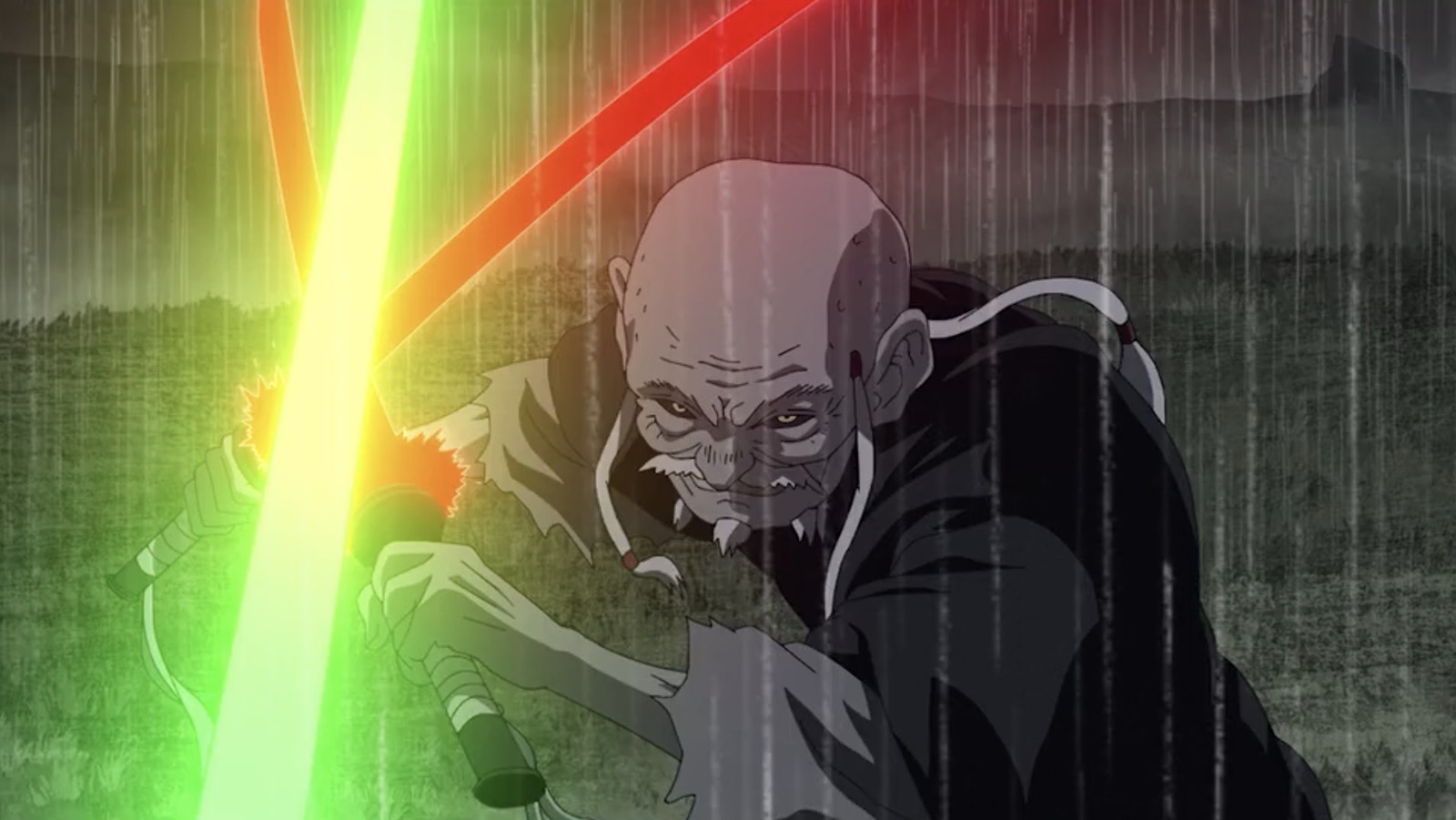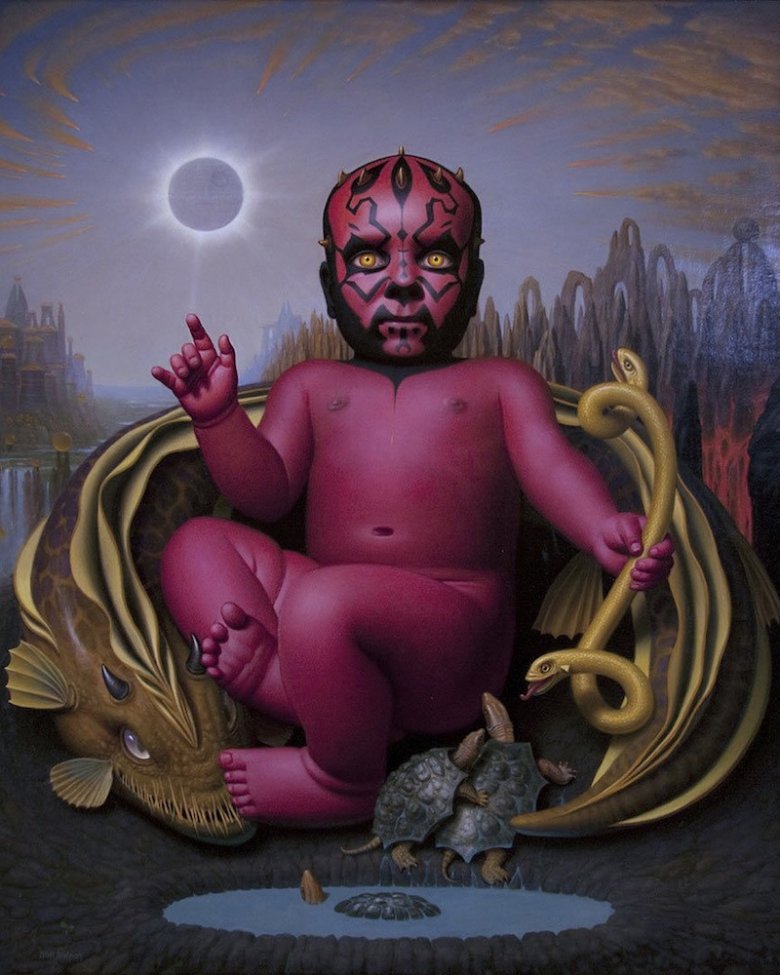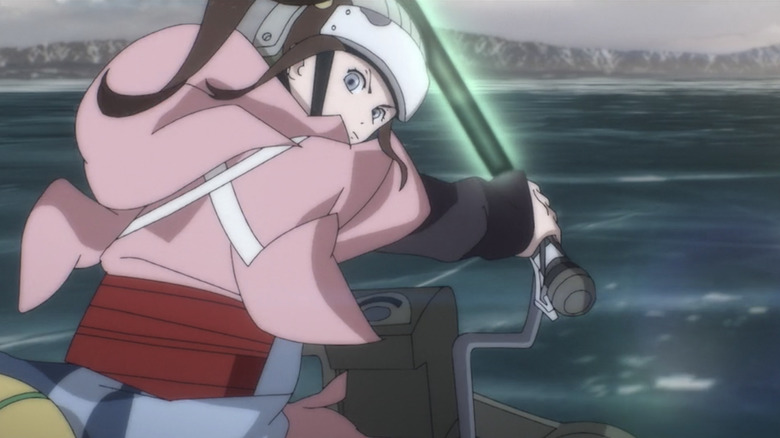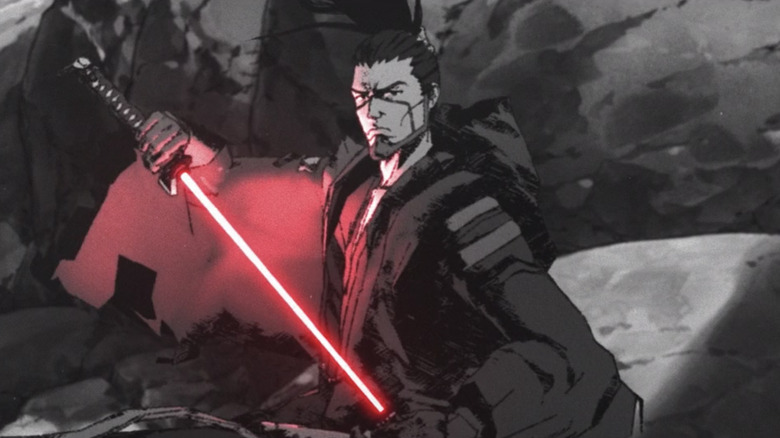#Visions Fulfills The Promise Of A Decade-Old Art Project Curated By George Lucas Himself

Table of Contents
“#Visions Fulfills The Promise Of A Decade-Old Art Project Curated By George Lucas Himself”
Creator George Lucas, in his own words, asked these artists “for pieces that were inspired by ‘Star Wars’ but interpreted in their own unique way.” The artwork was, in turn, displayed at the “Visions” exhibition along with other art, costumes, and props from the “Star Wars” films (similar to the “Identities” exhibition, which passed through Japan’s capital two years ago.)
I was at the “Visions” exhibition in Tokyo on “Star Wars” Day 2015, before “The Force Awakens” or any of the Disney films hit. It later toured other cities around the country like Yokohama, Shizuoka, Okayama, and Nagoya. In the entrance room, there was a message from Lucas to visitors where he talked about being “a devoted admirer of Japanese culture,” and of course, touched on Akira Kurosawa’s undying influence on “Star Wars.”
Museum Message from George Lucas
“Japan is a country I feel a deep affinity and love for. As a result of my exposure to Japanese cinema during my film school days, I became a devoted admirer of Japanese culture and learned all I could about Japanese works of art, clothing from the feudal era, and more. Akira Kurosawa, a master in the world of film, was an artist I deeply respected, and the pursuit of ‘humanity’ through his works had considerable influence on ‘Star Wars.’
This exhibit ‘Star Wars:’ VISIONS was planned for the people of Japan, who have a high aesthetic sense and a deep understanding of artistic works. As noted in the title, the theme of this exhibit is vision. The classical storytelling of the ‘Star Wars’ saga is a universal vision that still applies to people in the modern era. The ‘Star Wars’ vision was one that only could have been realized through the skills and talents of the many artists who have worked on it. The art project VISIONS resulted in a book and a collection of ‘Star Wars’ inspired paintings. For this project, I asked artists from around the world for pieces that were inspired by ‘Star Wars’ but interpreted in their own unique way. They used various styles from classical to avant-garde, to convey the massive scale and essential qualities of ‘Star Wars,’ greatly exceeding my highest expectations.It is my hope that this exhibit — an integration of art, costumes and props from the ‘Star Wars’ films with the collection of the paintings from the book ‘Star Wars’ VISIONS will provide a fresh look at the ‘Star Wars’ universe and inspire young people to study the arts.”
“A Fresh Look at the Star Wars Universe”

While the exhibition may have been “planned for the people of Japan,” “Visions” on Disney+ offers a reverse feed from Japan to the people of the world. It serves as the logical continuation of the ideal Lucas laid out for unique new visual interpretations of “Star Wars.” Each of the seven different Japanese animation studios behind it bring their own aesthetic to the table. The episodes also carry forward some familiar Japanese preoccupations.
The first episode, “The Duel,” is pure-grain “Yojimbo” and “Seven Samurai” stuff, while the last, “Akakiri,” pays homage to “The Hidden Fortress.” Meanwhile, “The Twins” breaks out the kamikaze Holdo maneuver, something Ebizo’s 2019 “Star Wars” kabuki play emphasized as well.
“The Village” explores the Force as something that different cultures can experience in different ways, with it taking on a new name and an animistic quality here as “Magina.” “T0-B1” draws from Osamu Tezuka’s “Astro-Boy” and even the Capcom character, Mega Man. Other standout episodes like “The Ninth Jedi” and “The Elder” continue the senpai-kohai dynamic and the use of lightsabers as a substitute for samurai swords.
By giving animators freedom to play and filter the mythos through a Japanese lens, “Star Wars: Visions” has delivered something that does indeed make the franchise feel fresh again. Like so much of “Star Wars,” it can all be traced back to this germ of an idea that Lucas once had: in this case, for a “Star Wars” art project.
If you liked the article, do not forget to share it with your friends. Follow us on Google News too, click on the star and choose us from your favorites.
For forums sites go to Forum.BuradaBiliyorum.Com
If you want to read more Like this articles, you can visit our Social Media category.





